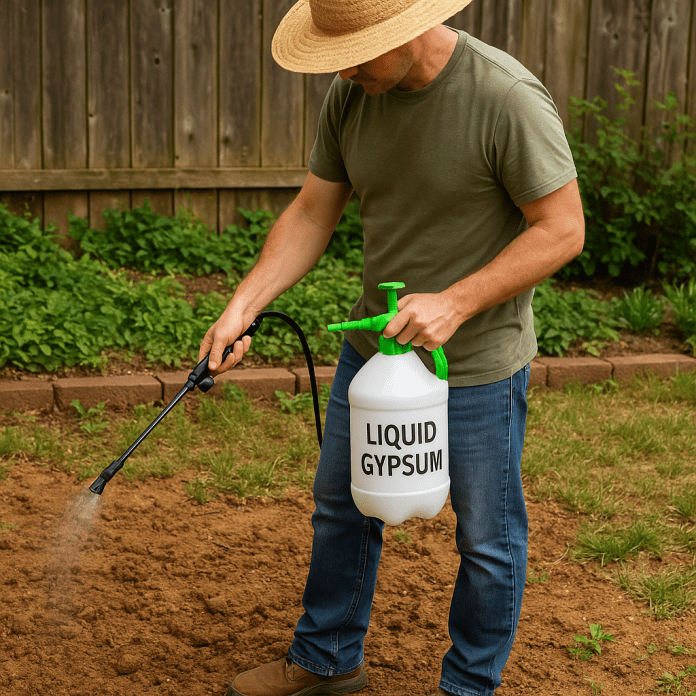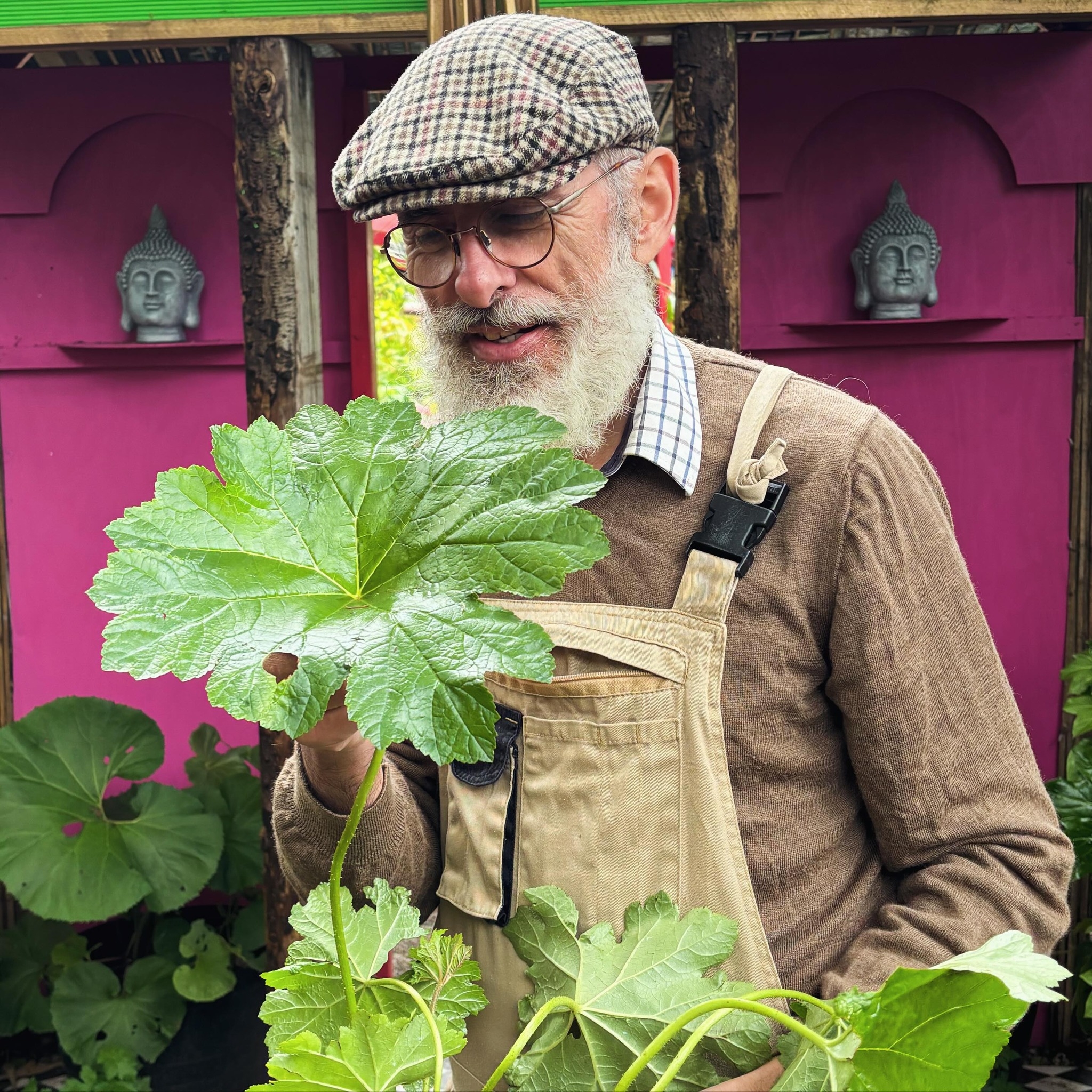Clay soil is often dreaded by gardeners. It’s sticky when wet, cracks when dry, and compacts into a brick-like slab under foot. But with a little effort and the right materials, clay soil can be transformed into a rich, productive growing medium. So how to improve clay soil and make a better growing medium
One of the best tools for improving clay soil—especially in gardens—is gypsum.
Why Clay Soil Needs Help
Clay soils are made of very fine mineral particles that pack tightly together, creating:
- Poor drainage
- Slow root growth
- Compaction
- Poor aeration
- Difficulty in working the soil, especially after rain
However, clay also holds nutrients better than sandy soils, making it very rewarding once improved.
What Is Gypsum?
Gypsum is a naturally occurring mineral made of calcium sulfate (CaSO₄·2H₂O). In gardening, it’s used as a soil conditioner that can dramatically improve the structure of clay soils.
Unlike lime, gypsum does not alter soil pH, so it’s especially useful in areas where you want to add calcium without making the soil more alkaline.
How Gypsum Works on Clay Soil
Gypsum works by displacing sodium and helping clay particles bind together into larger “crumbs” or aggregates. This opens up air spaces in the soil, allowing water to drain more freely and roots to grow deeper.
Benefits of gypsum for clay soil:
- Improves soil structure
- Enhances drainage and aeration
- Reduces surface crusting
- Provides calcium and sulfur (both important for plant health)
- Helps prevent root rot and waterlogging
Liquid Gypsum: The Garden-Friendly Option
For home gardeners, liquid gypsum is often the most effective and practical way to treat clay soil. It’s a concentrated solution that can be sprayed or watered onto the soil, where it starts working immediately.
Why liquid gypsum is ideal for gardens:
- Fast-acting: Begins improving soil structure quickly.
- Easy to apply: No digging needed. Just spray and water in.
- Less mess: No dust or bulky bags like powdered forms.
- Safe for all plants: Won’t burn roots or alter pH.
- Perfect for lawns: Liquid gypsum is excellent for breaking up compacted clay under lawns without disturbing grass.
For best results, apply liquid gypsum in spring or early autumn, and repeat annually if needed. Most products suggest watering in thoroughly after application.
How to Use Gypsum in the Garden
For powdered or granular gypsum:
- Spread over the soil at a rate of 500 g–1 kg per square metre.
- Lightly fork in if possible.
- Water thoroughly.
For liquid gypsum:
- Follow manufacturer’s instructions—typically diluted in water and sprayed or applied with a watering can.
- Apply to moist soil and water in well.
- Repeat every 6–12 months for ongoing improvement.
Combine gypsum with organic matter for best long-term results. The gypsum improves structure, while compost adds fertility and feeds soil microbes.
Long-Term Clay Soil Improvement Plan
- Apply gypsum annually, especially in early stages.
- Add organic matter—compost, leaf mould, rotted manure.
- Mulch to protect soil from compaction and feed it slowly.
- Grow green manures or deep-rooted crops to help break up soil.
- Avoid walking on wet soil to prevent compaction.
Plants That Thrive in Improved Clay Soil
Once improved, clay soil supports a wide range of plants:
🌿 Perennials: Aster, echinacea, rudbeckia, sedum, daylily
🌹 Shrubs: Roses, viburnum, dogwood
🌳 Trees: Apple, crabapple, hawthorn
🥬 Vegetables: Cabbage, beans, squash, potatoes
🌱 Grasses and lawns: After gypsum treatment, lawns establish better on clay
Final Thoughts
Gypsum—especially liquid gypsum—is a gentle, effective way to fix compacted, heavy clay soil. It works quietly beneath the surface, helping roots spread, water drain, and plants thrive.
By combining gypsum with compost, mulch, and patience, you’ll turn stubborn clay into a garden worth celebrating.




